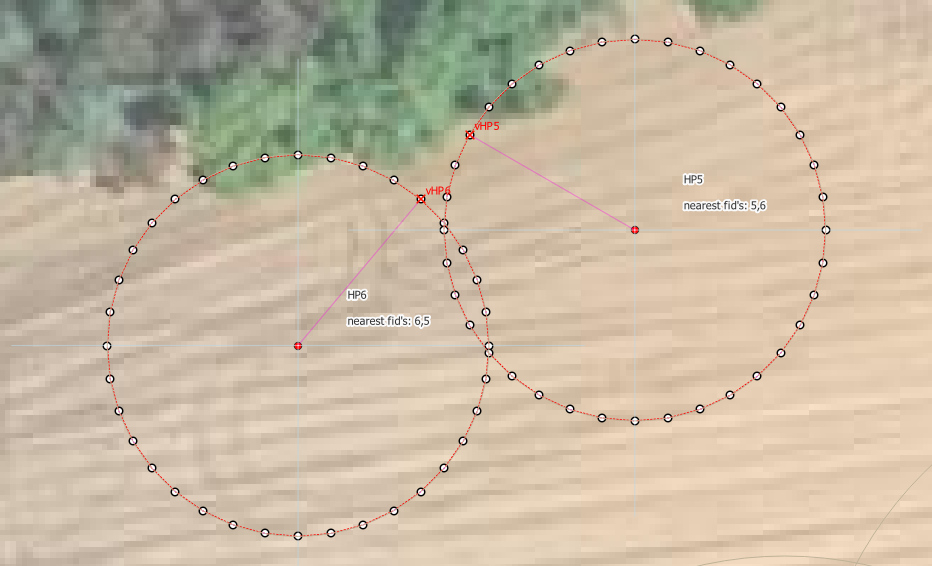I´ve create a project now with a rule based symbology and there are problems with my geometry generator. I ´ve got two point layers "buffer" and "GNSS". Both with identical styles. There is a geometry generator script that place a point on intersection of nearest boundary. (white point)
collect_geometries(
array_foreach (
overlay_nearest (
@layer,
boundary(make_circle($geometry, "Radius" )),
limit:=9 -- max number of towers to consider
),
Intersection (
boundary(make_circle($geometry, "Radius" )),
@element
)
))
Now on my "buffer" layer all works fine, but in "GNSS" it shows me many white points? The script is from this forum, I don´t know where.
I delete this geometry generator now, because of problems with vertex tool. I can´t move the point with vertex tool. It´s locked. When I delete the white intersection point (geometry generator), all works fine.







